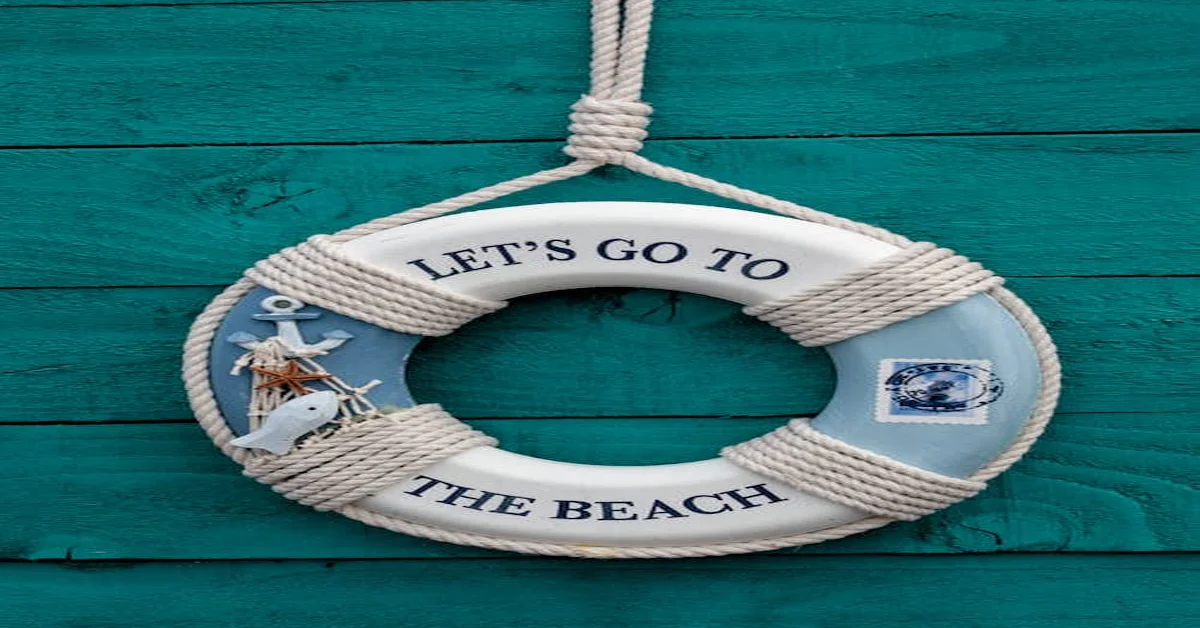Anchor text diversity is a myth

Today’s opinion post is by Chris Shuptrine, Creator at SEOWidgets. He has over 15 years of experience in marketing, SEO, and analytics.

After spending years analyzing search algorithms and link patterns, I can confidently say anchor text diversity is mostly nonsense. The data just doesn’t support it. While SEOs love recommending varied anchor phrases like “click here” and “learn more,” thinking it’ll boost rankings, real-world results tell a different story. Search engines have evolved far beyond such simplistic signals.
Modern search algorithms process content contextually, not mechanically. Having worked closely with site architecture and ranking factors, I’ve seen firsthand how engines evaluate the entire content ecosystem around links. They’re parsing intent, relationships, and topical relevance - not just counting anchor word variations.
The obsession with anchor text often distracts from what moves the needle. Authority signals like quality backlinks, comprehensive content, and solid technical fundamentals carry substantially more weight. I learned this the hard way after wasting countless hours crafting “perfect” anchor text variations that ultimately made zero ranking difference.
User experience should drive linking decisions. Site visitors need clear, intuitive paths to related content. I’ve reviewed countless analytics reports showing users bouncing when faced with clever but confusing anchor text. Simple, descriptive anchors consistently outperform creative variants in engagement metrics.
Natural linking patterns still matter - you can’t just stuff keywords or spam anchors. But there’s a big difference between basic hygiene and overthinking it.
- Keep anchor text relevant to the linked content and surrounding context
- Skip artificial variety for variety’s sake - it adds no value
- Focus on topical alignment between linked pages
The link building landscape has changed dramatically. Back in 2012, exact-match anchors were gold. Now? Building real relationships with authoritative sites matters infinitely more than anchor text optimization. I’ve gotten far better results focusing on content quality and genuine outreach.
This hyper-focus on anchor diversity often comes at the expense of more impactful work. Many SEOs get tunnel vision optimizing anchor text while neglecting fundamentals like content depth, technical performance, and user intent alignment. Having audited hundreds of sites, I consistently see successful ones prioritizing substance over anchor text manipulation.
The “natural link profile” argument doesn’t hold up to scrutiny either. Real natural links come from genuine citations by relevant sites - the anchor text follows organically from the context. Gaming anchor text variety to appear natural is fundamentally artificial.
We need to align our efforts with how search works today. Rather than obsessing over anchor text minutiae, build genuine topical authority through quality content and earned citations. I’ve seen sites with very consistent anchor text patterns rank extremely well because their overall link profile was rock solid.
The path forward is clear: focus on creating real value and building authentic relationships. Anchor text will take care of itself when you’re earning legitimate citations from relevant sources. After 15+ years in SEO, I can say with certainty that chasing anchor diversity is mostly wasted effort that could be better spent elsewhere.
Modern SEO success comes from authority, context and user-centricity - not manipulating anchor text. The sooner we move past this outdated fixation, the better our results will be. Focus on the fundamentals that drive rankings and engagement.